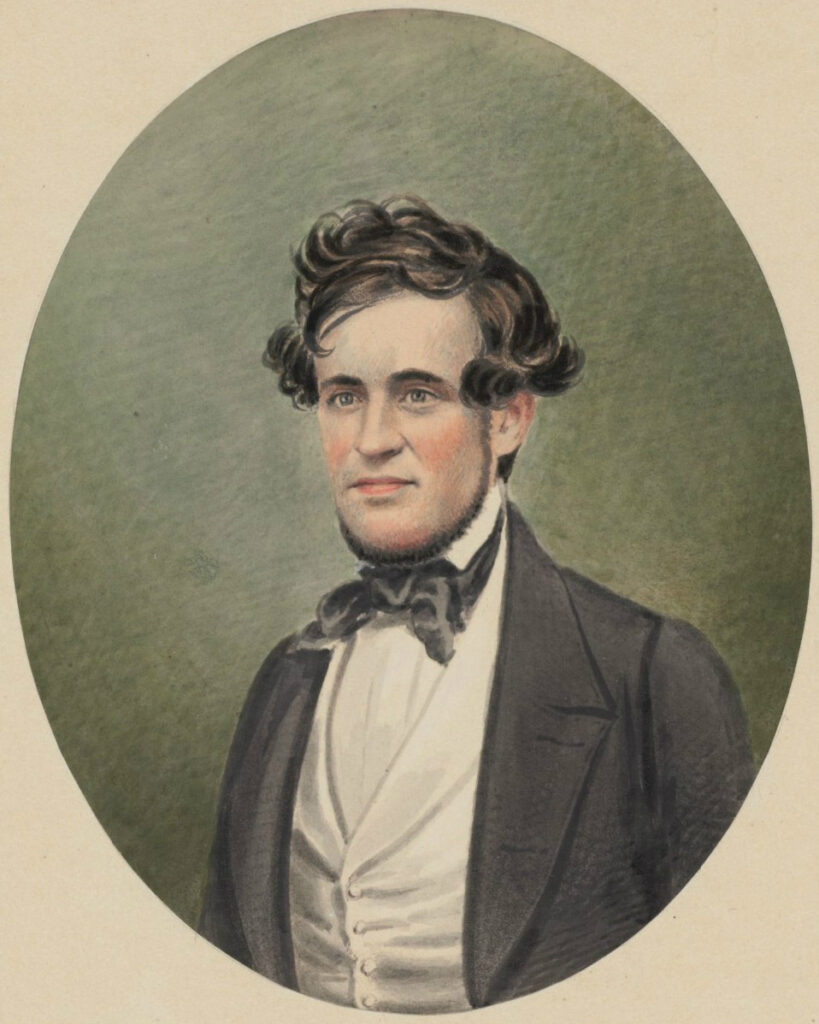George Washington Dixon (1801 – March 2, 1861) was a notable American singer, stage actor, and newspaper editor. He is often recognized as one of the first American performers to gain fame through blackface minstrelsy, a unique form of entertainment.

He joined the circus in 1816 and began singing there in 1824. He began singing “Coal Black Rose” in blackface in 1829. Dixon’s performances of songs like “Coal Black Rose” and “Zip Coon” (his trademark) were instrumental in his rise to prominence.
He performed several other songs that were popular in the early 19th century. Some of these include: “Clare de Kitchen”, “Jim Crow” and “Possum Up a Gum Tree”. He was known as “The American Buffo Singer”.
( The following comes from ChatGpt which I have edited )
George Washington Dixon’s career was quite varied, but there isn’t much evidence to suggest that he had significant collaborations with other artists. His performances were primarily solo acts, and he was known for his individual style and controversial content. Dixon’s focus was more on his own performances. His bold and provocative style in both entertainment and journalism made him a unique figure of his time.
Dixon’s performances often featured a mix of singing and comedic elements, which helped him gain widespread popularity during his time. Despite his controversial methods and the nature of his performances, Dixon’s impact on American entertainment was significant.
George Washington Dixon’s blackface performances were a significant part of his career and contributed to the early popularity of minstrel shows in America. He began performing in blackface around 1829, with his rendition of “Coal Black Rose” at venues like the Bowery Theatre, Chatham Garden Theatre, and Park Theatre in New York City. These performances helped propel him to stardom.
Dixon’s blackface acts typically involved singing rather than dancing, which set him apart from contemporaries like Thomas D. Rice. His most famous song, “Zip Coon,” became a trademark piece and was known for its challenging vocal parts. These performances caricatured African Americans.
Despite the problematic nature of blackface minstrelsy, Dixon’s talent as a singer was widely recognized. His performances were popular among working-class audiences, and he played a significant role in shaping the early minstrel show format.
George Washington Dixon faced some criticism for his blackface performances, though much of it was nuanced and reflective of the complex social dynamics of the time. While his performances were popular among working-class audiences, they also sparked debates about racial stereotypes and the portrayal of African Americans.
Critics of blackface minstrelsy, including Dixon’s acts, argued that these performances perpetuated harmful stereotypes and reinforced racial hierarchies. The exaggerated and derogatory caricatures of African Americans in blackface acts like Dixon’s “Zip Coon” were seen as demeaning and offensive. Additionally, some contemporary reviews and scholarly analyses suggest that Dixon’s portrayals contributed to a broader cultural narrative that undermined the potential for racial equality and solidarity.
Despite this criticism, Dixon’s talent as a performer was widely recognized, and his blackface acts remained popular, reflecting the complex and often contradictory attitudes toward race and entertainment in 19th-century America.
Dixon left entertainment in 1835 and went into journalism.
I like to limit my personal views to what is shown in the sheet music of the time. These can be tricky to date as they were reprinted many times with changed covers and lyrics. Sheet music illustrations might tell us when the 5th string was added to the banjo.
My opinion is that much rap and hip-hop of today is more shocking than the minstrel show ever was.
